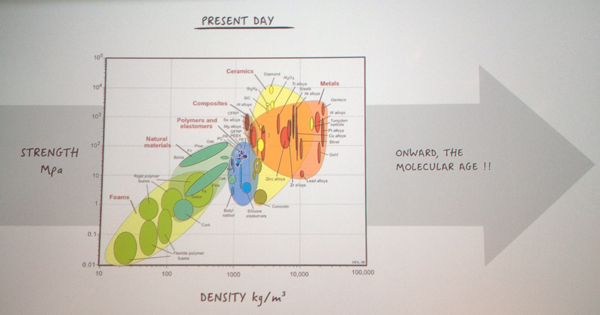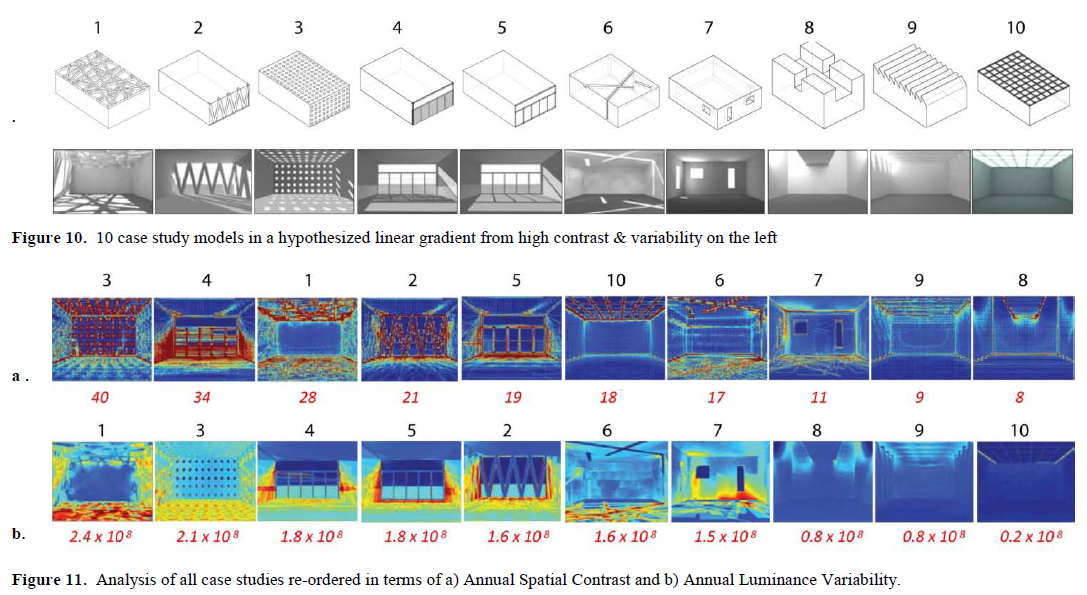ex
When I was at primary school I was chastised by a teacher for writing up my weekend in a story that was essentially a list of what I’d done, but instead of commas I’d put in “and then I…” between each event. This Exchange was shaping up to be a lot like that in my head, but as I went back over my notes, read matthew’s notes and looked at the papers that were presented at the conferences it became much more of a series of questions that were raised by the speakers, emerged in the gaps between speakers, and in the gaps between stuffing corn dogs and root beer into our mouths.

…and then… we went to America and then we went to Rensselaer Polytechnic Institute (RPI) in Troy for Smart Geometry and then we saw some presentations and then we went to Orlando and then we saw some more presentations, and then we came back to Australia and then we were full of enthusiasm and ideas. My notes from SG are here and here, and from SimAud are here.
Smart Geometry is a pretty unusual event, a four day workshop, followed by a three day conference that talks about the work generated in the workshop, and related issues. It used to be a nerdy geometry-porn-fest, but has grown up a lot recently. It now engages people who work right on the edge of what architects know about, and often engages people from the fields that we are encroaching on. This year there were material scientists, biologists, engineers, painters, mathematicians, all real ones too, not just people who read a book about it while they were studying architecture. Those people bring a really impressive and fresh perspective on architectural problems, but are often surprised by how far architects have come by themselves, often without knowing that they were tackling hard problems.
This year’s theme at Smart Geometry seemed to be centred on materials, and how you can make them work a lot harder than they currently do. Another theme that ran through both conferences was evidence; it’s no longer OK to say that something is the case, one must provide evidence too! All the sessions are here, they are behind a crazy Bentley registration form, but persevering to watch them is well worth it.
SimAUD stands for Simulation in architecture and urban design, and it actually a track of a much larger simulation conference. Simulation seems to be a big deal in the military, so there were a lot of people in their formal military outfits talking about really nerdy topics. Whilst Smart Geometry talked a lot about ‘models of’, SimAUD talked much more about ‘models for’; this is a pretty exciting idea that seems to be pretty common in the rest of the world, but has been almost completely missed in architecture. So instead of a model being a static representation of what something looks like, it is a dynamic representation of how something works. Models for understanding heat flow through a wall, or for predicting the stock market, they are all thinking tools or as someone said, “intuition pumps”. I’m expand on this idea in another Exchange soon, so I won’t bang on about it now.
Understanding the design space
The idea that you can understand the range of the parameters that define your design space came up a lot in various guises. In it’s most easily digestile form, Angelos Chronis from Foster and Partners showed a scheme where they’d precomputed all the possible variations of it so that it could be explored and evaluated really quickly by the team.
The ashby map showed up at SG in presentations by Robert hull from RPI, and xxx from f+p in discussions about choosing materials. These diagrams give an amazing idea of what the space of possible materials is, and also where to look if you have a specification and need to find a material to fit it; the Ashby map is a great ‘model for!
Guillaume Labelle presented a paper at SimAUD about parametric sensitivity analysis, which is a daunting sounding name, but the best way that I can describe is is with a panel of dials and an output, you know that the dials affect the output, but you don’t know how, so you just twiddle them all, and see what happens, you then get a feel for which ones have a big effect, and which ones don’t. Oddly, It has a lot of uses in areas like value management, what things in your design have a big impact, and what doesn’t really matter - of course you need to be explicit about what your metric of quality is, but that’s a story for another day.
Ashby maps can be used to explain any type of information, not just material properties, and the other thing we saw that got everyone excited was Sankey diagrams! Liam O’brian was using them to visualise the flows of energy into and out of a house. Coming from a cold bit of canada, Liam loves questions like “how much money would I save by leaving my bath water to go cold in my bath tub rather than letting all that heat go down the drain?” and these Sankey diagrams show the answer to this question, and a whole raft of others at the same time.
Measurement
The two main keynotes were by Michelle Addington from Yale, and Phil Bernstein who is a vc at Autodesk. He started off by saying how nice it was to be somewhere where he didn’t need to sell anything, saying that the Autodesk university (that Chris and chums have been to for the last 2 years) was like a startrek convension full of car dealers (Autodesk resellers). His talk - measurement changes everything - was really about what it meant to know what you are talking about rather than just having a feeling. He also had some radical ideas about restructuring fees to be based on building performance, not on percentage of completion. He claimed that the profit margins in architecture were too thin to encourage any sort of serious innovation.

Michelle’s talk was also measurement heavy, she gave a series of examples of how conventional wisdom and ‘design trends’ were pushing us into doing things that were completely at odds with energy efficiency. It was one of those talks that in retrospect seems like it was full of obvious truths, but was really surprising at the time, for example, why do we measure light levels on a surface, surfaces don’t care! All that matters is light levels at the eye, so why is lighting energy measured per m2, not per person? Her other points were just as striking;
- power things with the most appropriate form of energy; use rotational energy to make things go around, rather than convert it to electricity and then back again if possible.
- why do we think of building services? Buildings don't need to be serviced - people do!
- Building envelopes are efficient enough now that if you need to add a heater then, in most climates, you are wasting heat somewhere else in your building.
- mental models of contrast often make rooms with smaller windows feel brighter
Matthew got pretty excited by the roller coaster lighting idea!
SimAUD was really interested in measurement, finding new ways of measuring and new things to measure. Siobhan Rockcastle from MIT and Marilyne Andersen from EPFL developed a way of computationally assessing glare. Glare is completely psychological, so it is hard to quantify, this method seemed to be a good crack at approximating the experience of glare.
There were a few papers about measuring building environments, one fairly conventional approach with sensors, one with an app, and one that was more concerned with the feedback to the user. Giving users information about their buildings is a vital part of giving them control over them, so these give me a lot of hope for how we’ll be designing spaces in the future.
Onto the most important part of the whole conference: I presented the work that Dan Rumery, Ben Barnes, Bin Zhou and I have done on SQ&AT, the conference organisers were impressed enough to ask us to co-write a paper with them for next year’s SimAud!
Here are some of Matthew’s notes:
- If you made an argument that design is a mixture of experience, talent (?), inspiration (random) and rational judgement based on evidence (ha ha) then SG12 and Simaud were specifically about evidence.
- Better communicate what the world means by model - simulating is more than what it might look like. Models are simplified versions of the real things
- SG has moved on from geometry porn to become more holistic
- Measurement is everything
- It's about things doing what we say they do
- Current process of brief - design - bid - construct - run is crap
- Lots of potential new tools to understand things better
- and more stuff
This opens a lot of questions, and answers none of them, what do you think? Any questions?



